| Plant Habit: | Shrub |
| Life cycle: | Perennial |
| Sun Requirements: | Full Sun Full Sun to Partial Shade |
| Water Preferences: | Wet Mesic Mesic |
| Soil pH Preferences: | Strongly acid (5.1 – 5.5) Moderately acid (5.6 – 6.0) Slightly acid (6.1 – 6.5) Neutral (6.6 – 7.3) |
| Minimum cold hardiness: | Zone 5a -28.9 °C (-20 °F) to -26.1 °C (-15 °F) |
| Maximum recommended zone: | Zone 9b |
| Plant Height: | 6 to 8 feet |
| Plant Spread: | 5 to 8 feet |
| Leaves: | Good fall color Deciduous |
| Fruit: | Showy Edible to birds Other: Pink maturing to blue |
| Fruiting Time: | Late summer or early fall Fall Late fall or early winter Winter |
| Flowers: | Showy Blooms on old wood |
| Flower Color: | White |
| Flower Time: | Late spring or early summer |
| Uses: | Windbreak or Hedge Provides winter interest |
| Edible Parts: | Fruit |
| Eating Methods: | Raw Cooked |
| Wildlife Attractant: | Bees Butterflies |
| Resistances: | Deer Resistant Drought tolerant |
| Propagation: Seeds: | Self fertile |
| Propagation: Other methods: | Cuttings: Stem Cuttings: Tip Layering |
| Pollinators: | Beetles Moths and Butterflies Flies Bees Various insects |
| Miscellaneous: | Monoecious |

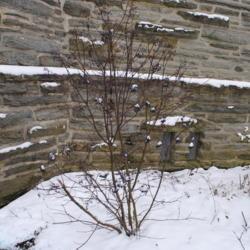

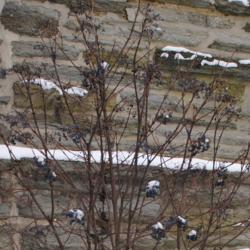
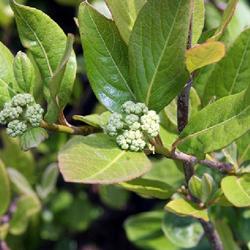
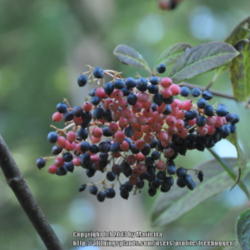
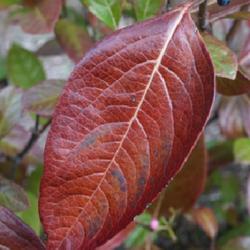
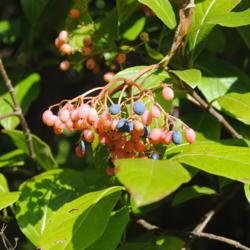
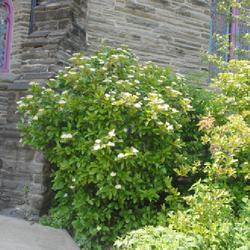
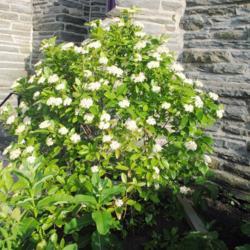
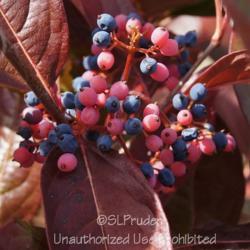
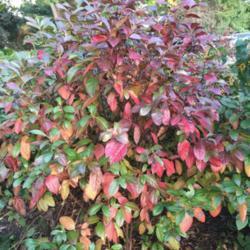
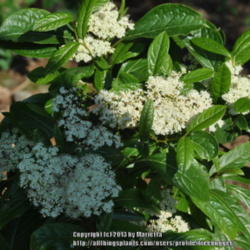

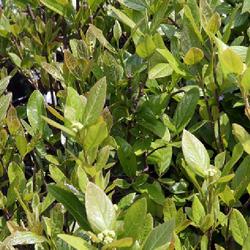
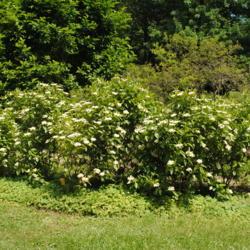
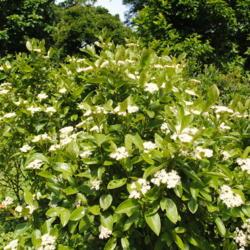
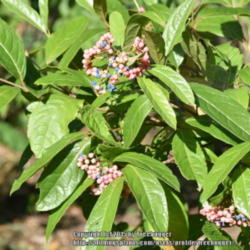
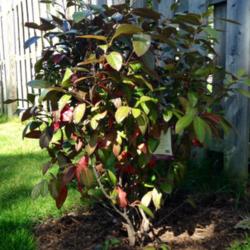
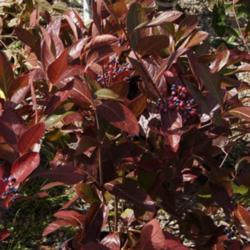
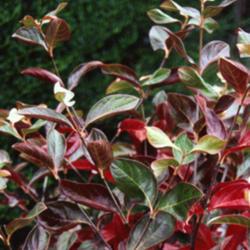
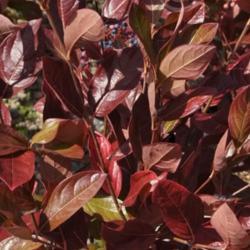
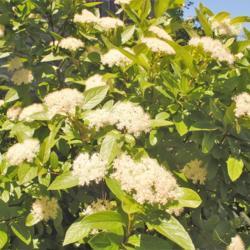

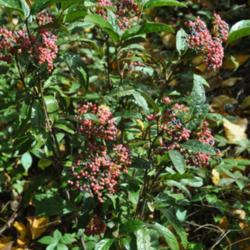
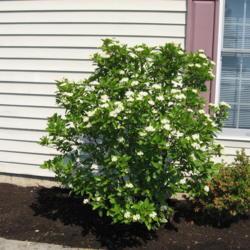
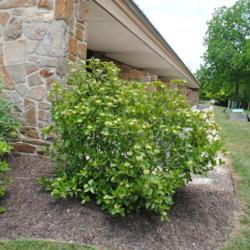
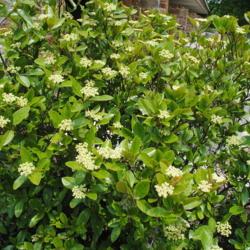
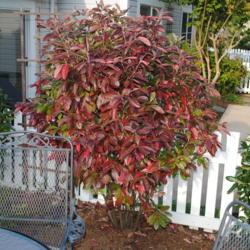
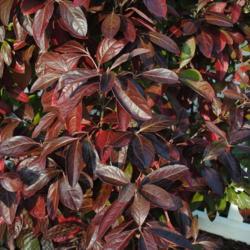

« Add a new plant to the database
» Search the Viburnums Database: by characteristics or by cultivar name
« See the general plant entry for Viburnums (Viburnum)